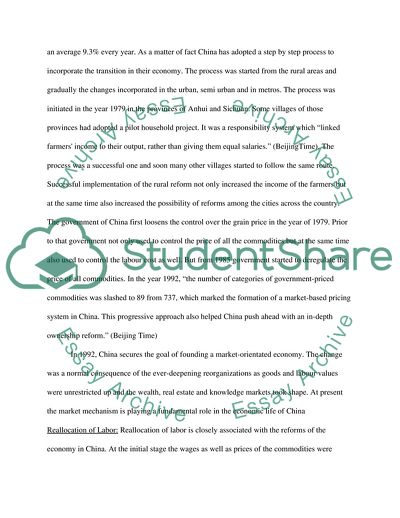Cite this document
(China's Economic Geography Is Changing Assignment, n.d.)
China's Economic Geography Is Changing Assignment. https://studentshare.org/geography/1830723-china
China's Economic Geography Is Changing Assignment. https://studentshare.org/geography/1830723-china
(China'S Economic Geography Is Changing Assignment)
China'S Economic Geography Is Changing Assignment. https://studentshare.org/geography/1830723-china.
China'S Economic Geography Is Changing Assignment. https://studentshare.org/geography/1830723-china.
“China'S Economic Geography Is Changing Assignment”. https://studentshare.org/geography/1830723-china.


